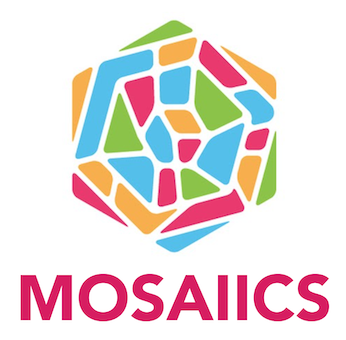Multi-Source Spectral Observations of Solar Type-III Bursts
This work aims to investigate the sources of the radio emissions from the Sun using multi-spacecraft as well as ground-based beamformed and interferometric remote observations. It consists of performing spectral analysis on the dynamic spectra for multiple case studies of solar type-III radio bursts by comparing multi-viewpoint remote observations of radio bursts detected by different
